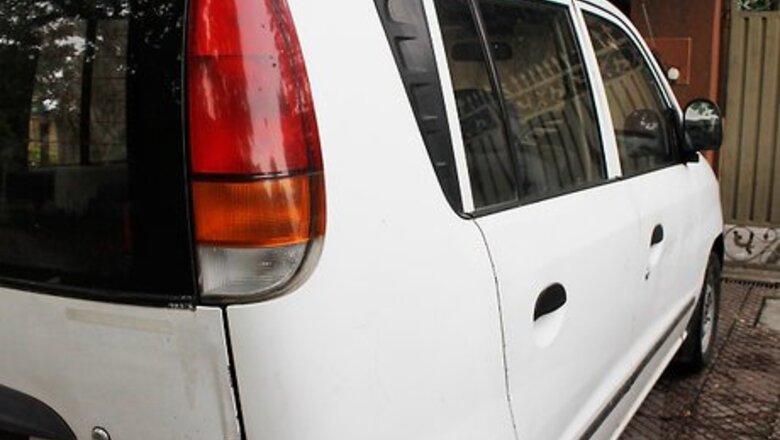
views
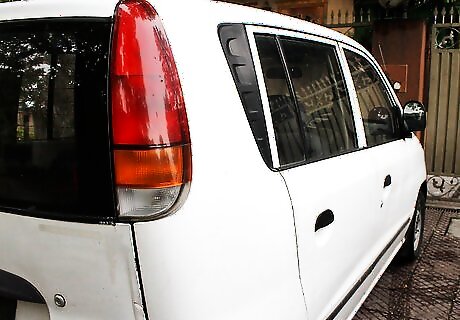
Ensure that the standard vehicle cannot be started regularly through the use of it's key. The driver should also make sure to have his foot pressed all the way down on the clutch. The drivers foot should remain in this position until step 6.
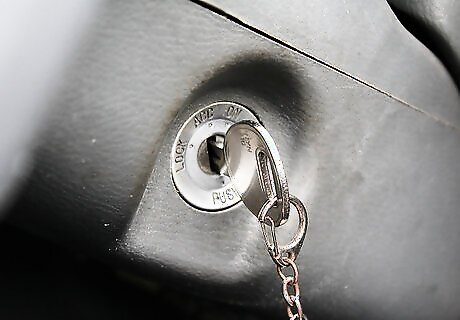
Place the key in its keyhole and turn it all the way into the "on" position. (Regularly turning the key here would initiate the starter) Once the starter has failed to start the vehicle, the driver should shift into a gear. The car will now need to move by the use of physical force. One can either use gravity (hills) to their advantage or have the car pushed by someone else. Ask a passenger if they are willing to help push.
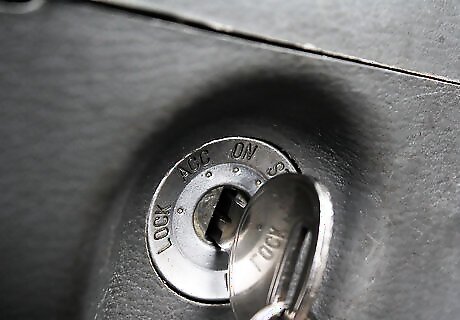
Immediately before the car is pushed, ensure that the key is in on position. Make sure the clutch pedal is pressed down and that it is in the correct gear (2nd gear is recommended). Make sure that it is safe to move the vehicle and take into account any affects gravity will have on the vehicle. Release the hand brake and have the car pushed or let it roll down a hill.
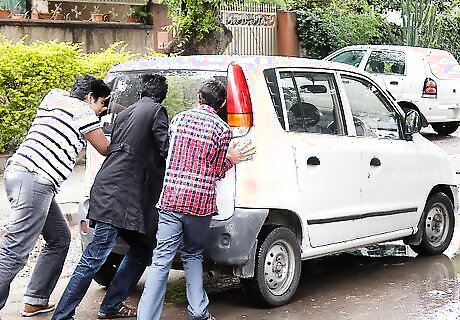
Once the car is pushed to a significant speed of approximately 10–25 km/h (6.2–15.5 mph) in 2nd gear (or reverse) or 25–40 km/h (16–25 mph) in 3rd gear, the driver will need to engage the clutch for a split second (this is known as popping the clutch). This is done by releasing the clutch pedal in it's entirety for a second or less and then pressing it back all the way down at a quick speed. If your foot is left off the clutch pedal for over a 2 seconds the car will stop moving and the battery will remain dead.
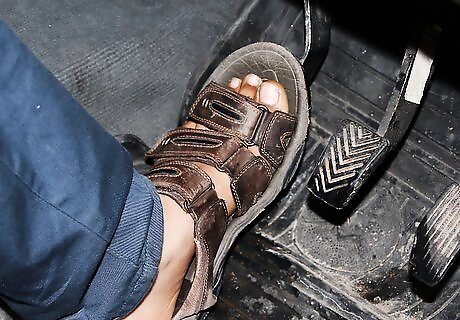
Be conscious that during the split second that the clutch pedal was released the car will have effectively started the engine. This will send mechanical power to the alternator, which will send electricity back to the battery. In other words, simply driving your car will recharge it's battery.
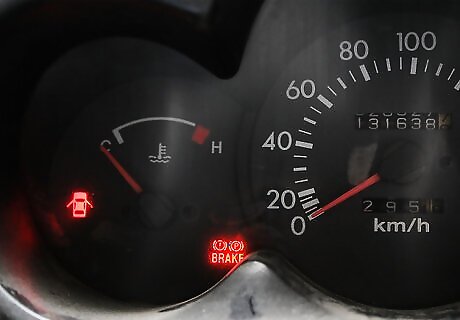
Leave the car on for approximately 15 minutes to allow the alternator enough time to recharge the battery. If it is not left on long enough the battery will still be considered dead once the car is shut off.
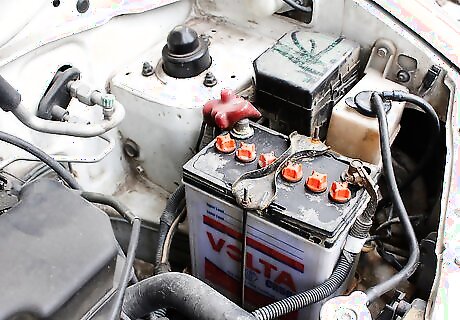
Get it checked. Now that your vehicle is moving, its next destination should be the garage. Make sure to have your cars dead battery checked by a professional.



















Comments
0 comment